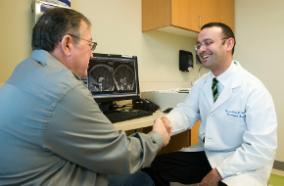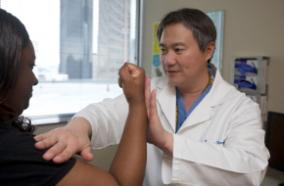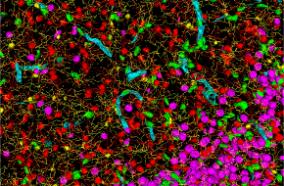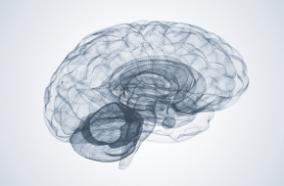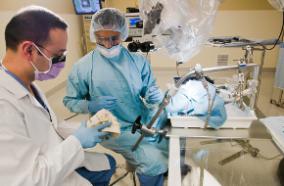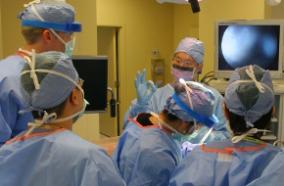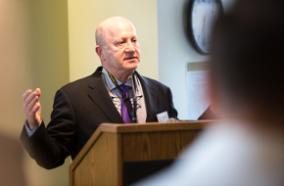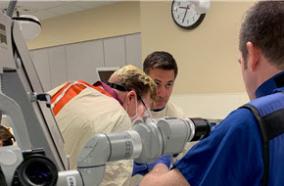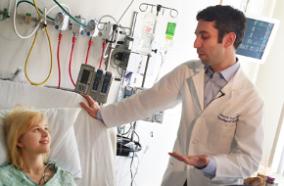Human macrophages engineered to secrete a bispecific T cell engager support antigen-dependent T cell responses to glioblastoma.
Human macrophages engineered to secrete a bispecific T cell engager support antigen-dependent T cell responses to glioblastoma.
J Immunother Cancer. 2020 Oct;8(2):
Authors: Gardell JL, Matsumoto LR, Chinn H, DeGolier KR, Kreuser SA, Prieskorn B, Balcaitis S, Davis A, Ellenbogen RG, Crane CA
Abstract
BACKGROUND: Targeted and effective treatment options are needed for solid tumors, including glioblastoma (GBM), where survival rates with standard treatments are typically less than 2 years from diagnosis. Solid tumors pose many barriers to immunotherapies, including therapy half-life and persistence, tumor penetrance, and targeting. Therapeutics delivered systemically may not traffic to the tumor site. If cellular therapies or drugs are able to access the tumor site, or can be delivered directly within the tumor, treatments may not persist for the duration necessary to reduce or eliminate tumor burden. An approach that allows durable and titratable local therapeutic protein delivery could improve antitumor efficacy while minimizing toxicities or unwanted on-target, off-tissue effects.
METHODS: In this study, human monocyte-derived macrophages were genetically engineered to secrete a bispecific T cell engager (BiTE) specific to the mutated epidermal growth factor variant III (EGFRvIII) expressed by some GBM tumors. We investigated the ability of lentivirally modified macrophages to secrete a functional BiTE that can bind target tumor antigen and activate T cells. Secreted BiTE protein was assayed in a range of T cell functional assays in vitro and in subcutaneous and intracranial GBM xenograft models. Finally, we tested genetically engineered macrophages (GEMs) secreting BiTE and the proinflammatory cytokine interleukin (IL)-12 to amplify T cell responses in vitro and in vivo.
RESULTS: Transduced human macrophages secreted a lentivirally encoded functional EGFRvIII-targeted BiTE protein capable of inducing T cell activation, proliferation, degranulation, and killing of antigen-specific tumor cells. Furthermore, BiTE secreting macrophages reduced early tumor burden in both subcutaneous and intracranial mouse models of GBM, a response which was enhanced using macrophages that were dual transduced to secrete both the BiTE protein and single chain IL-12, preventing tumor growth in an aggressive GBM model.
CONCLUSIONS: The ability of macrophages to infiltrate and persist in solid tumor tissue could overcome many of the obstacles associated with systemic delivery of immunotherapies. We have found that human GEMs can locally and constitutively express one or more therapeutic proteins, which may help recruit T cells and transform the immunosuppressive tumor microenvironment to better support antitumor immunity.
PMID: 33122397 [PubMed - in process]

